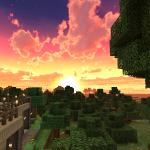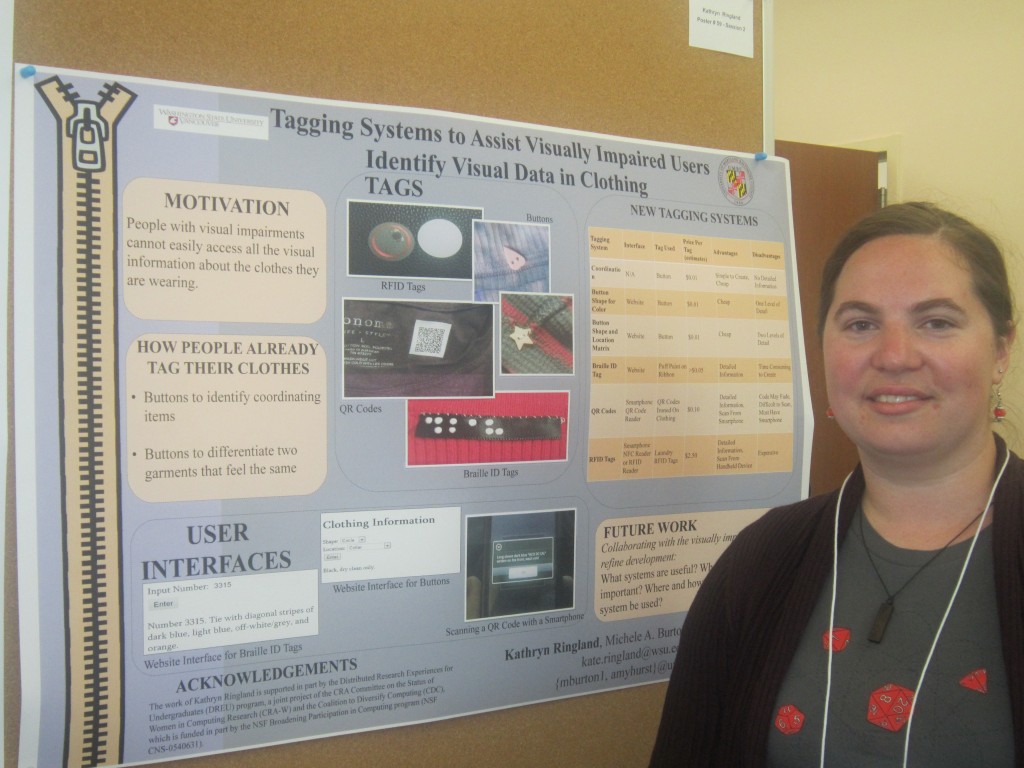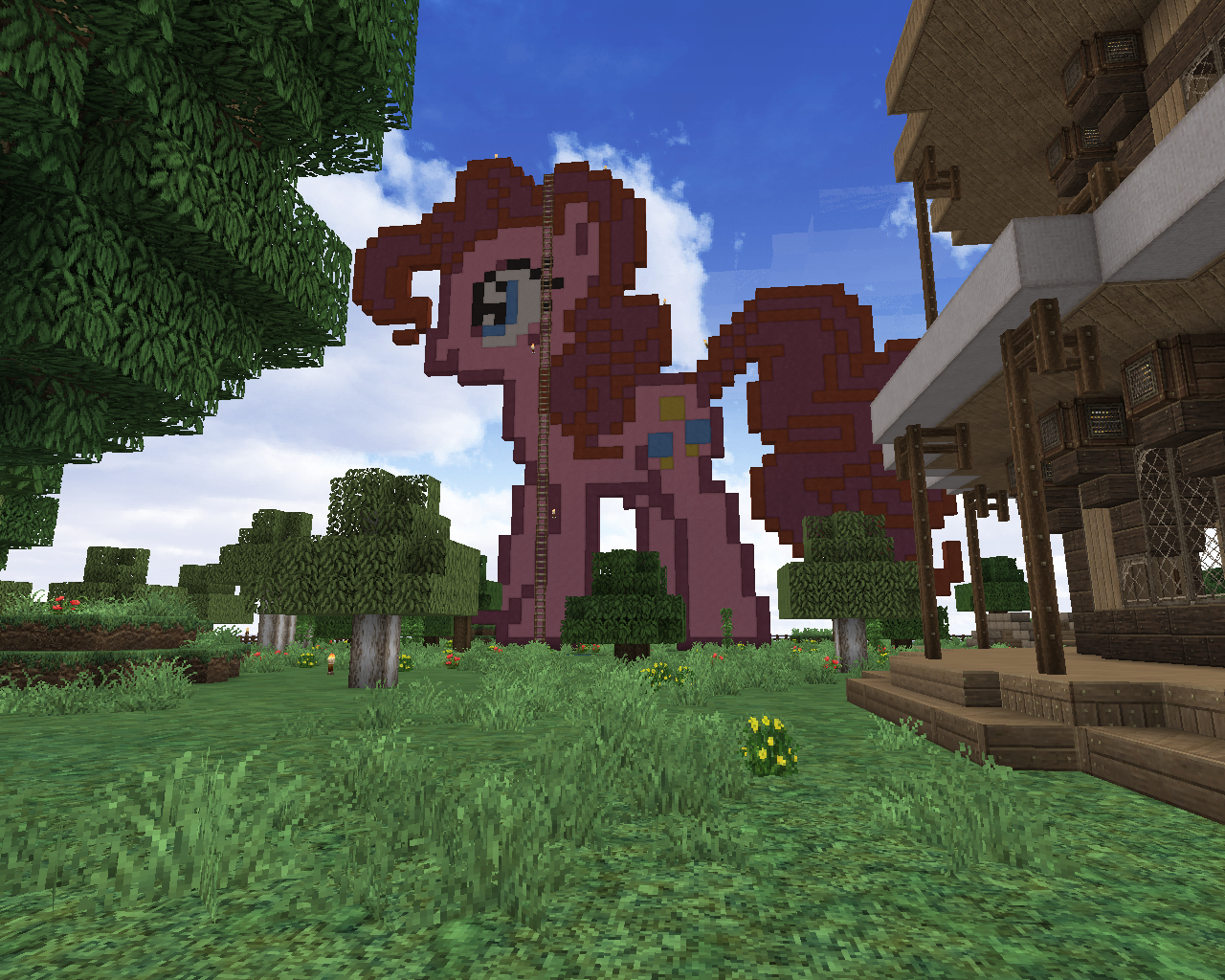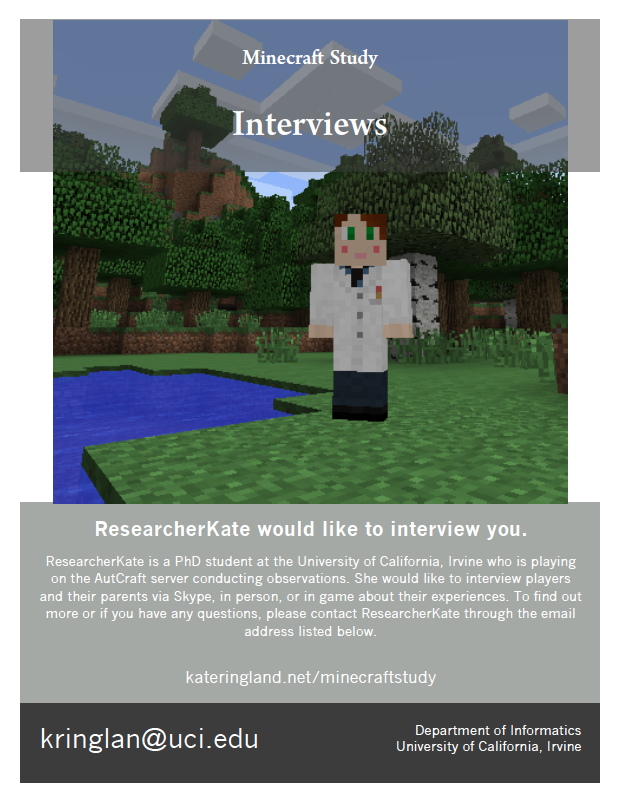I’m happy to report I successfully passed my advancement to become a PhD Candidate!
My talk was titled “Technology Mediated Socialization for Children with Autism.”
Committee: Gillian Hayes (Chair), Rebecca Black, Mimi Ito, Josh Tanenbaum, and Tom Boellstorff
Abstract: Traditional face-to-face social interactions can be challenging for individuals with autism, leading some to perceive and categorize these individuals as less social than their peers. For example, autism can be accompanied by difficulty making eye contact, interpreting some nonverbal cues, and performing coherent verbal utterances. While these challenges can be interpreted as an inability or lack of desire for social interactions, researchers have begun to explore how to expand the definition of sociality for those with autism. My research explores how technology can support alternative means of sociality, particularly for children with autism engaged in social play. In this advancement talk, I will present two research studies: SensoryPaint and Autcraft. SensoryPaint is a multimodal sensory environment built to enable whole-body interaction with the Kinect. Evaluation of SensoryPaint was conducted in two stages: a lab-based study and a deployment study. Results from this study show how these systems can promote socialization. My second research project explores Autcraft, a Minecraft community for children with autism and their allies. I will present results from on-going ethnographic work exploring the community’s Minecraft server and other community affiliated social media. Results from this study highlight ways in which community members use technology to create a safe environment for children with autism to explore alternative forms of social expression. Findings suggest an expansion of how sociality has traditionally been conceptualized for individuals with autism and how technology plays a key role in facilitating this new sociality.
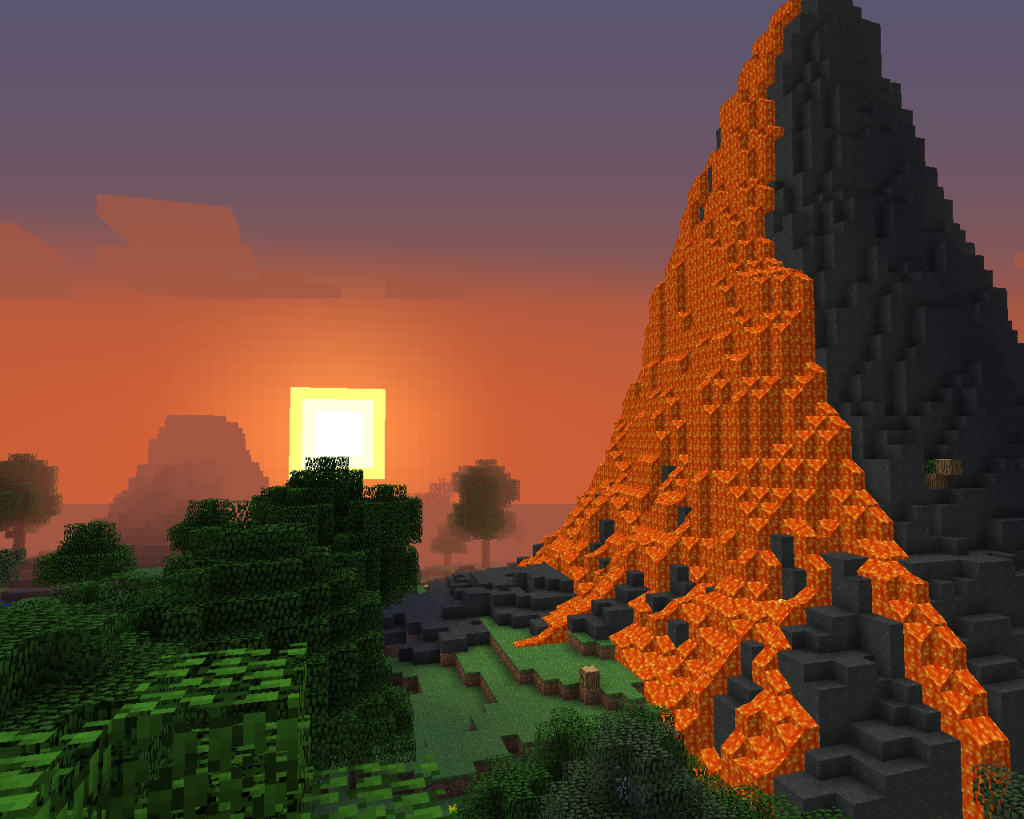
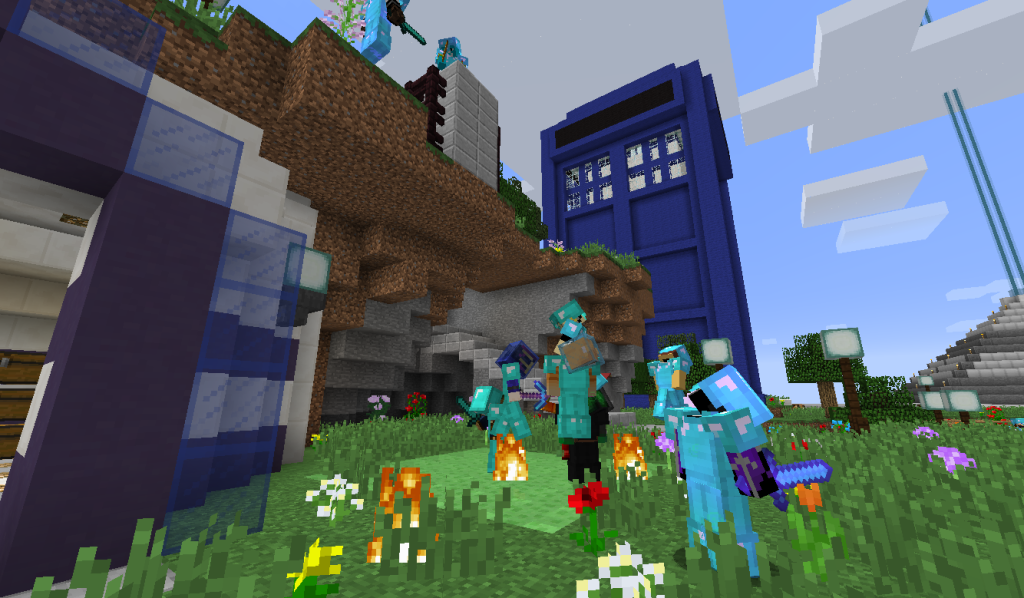
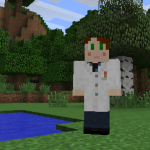 Acknowledgements: We thank the members of Autcraft for the warm welcome to their community. We would like to thank members of LUCI for their feedback on this paper. We would also like to thank Robert and Barbara Kleist for their support. This work is covered by human subjects protocol #2014-1079 at the University of California, Irvine.
Acknowledgements: We thank the members of Autcraft for the warm welcome to their community. We would like to thank members of LUCI for their feedback on this paper. We would also like to thank Robert and Barbara Kleist for their support. This work is covered by human subjects protocol #2014-1079 at the University of California, Irvine.